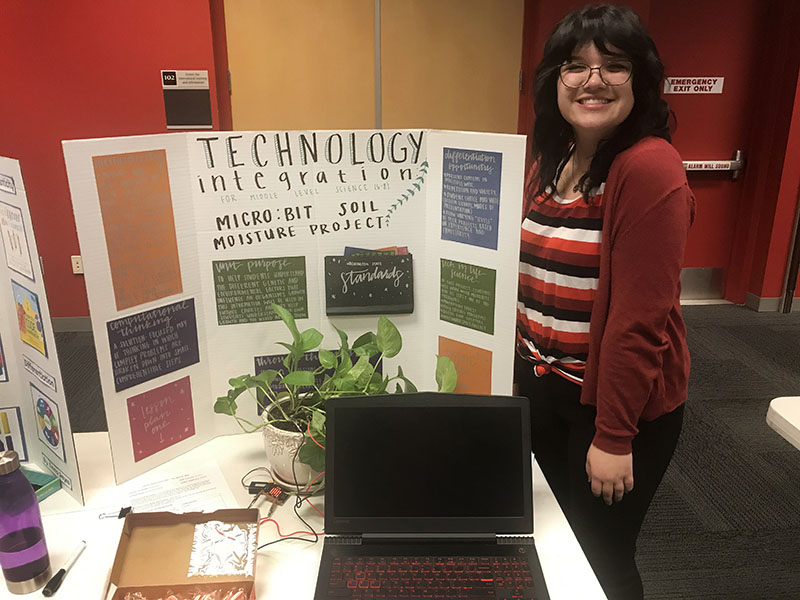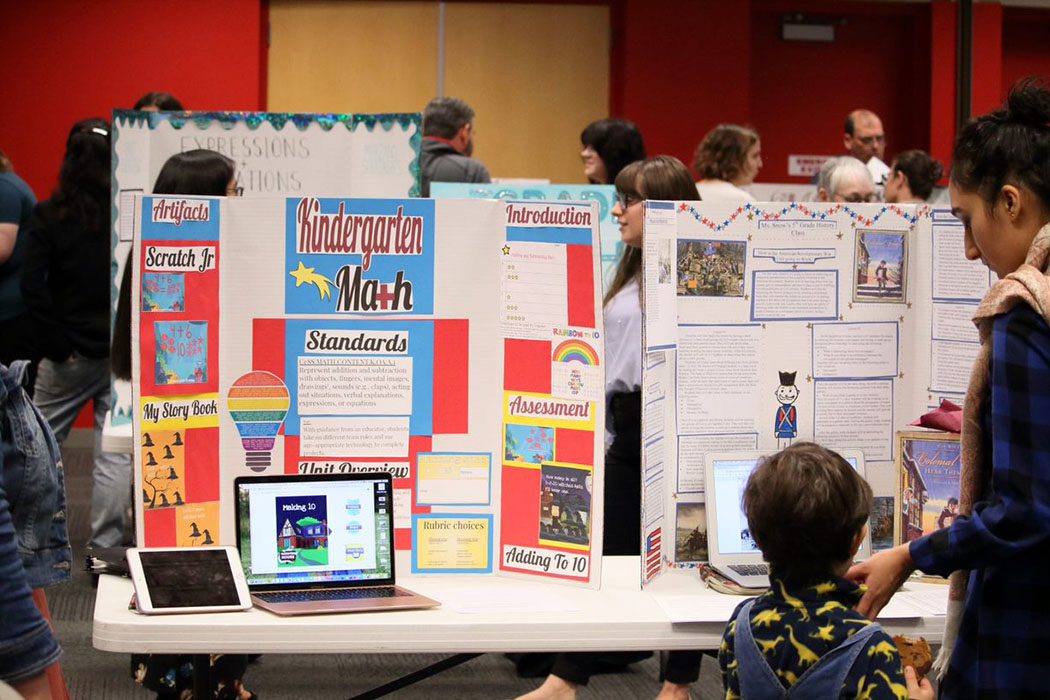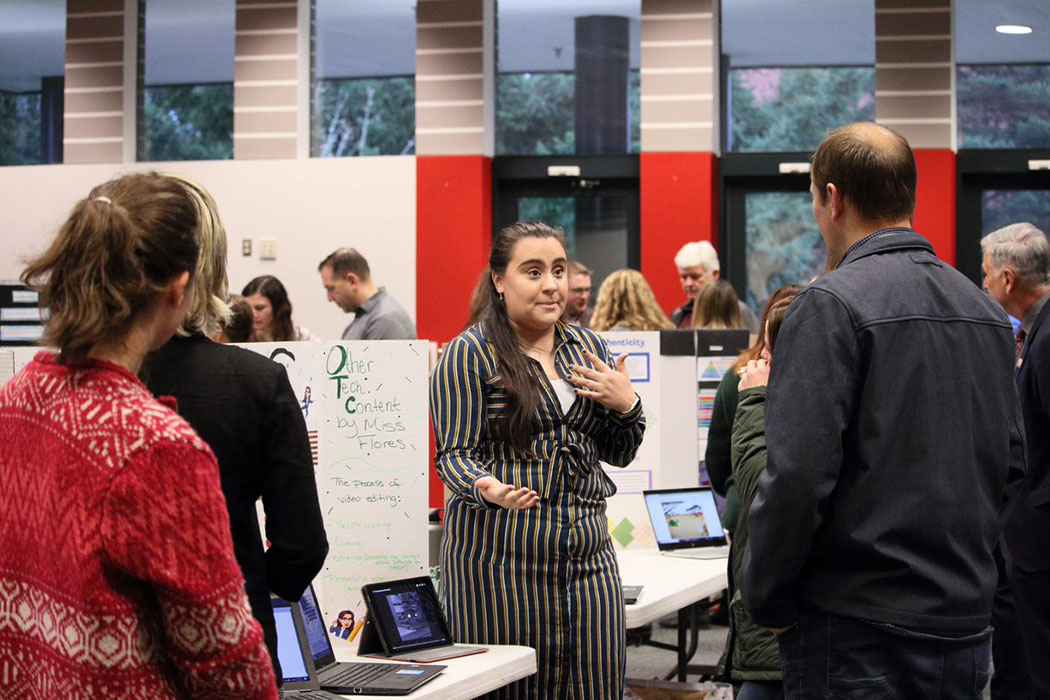What comes to mind when you think of computer science? Perhaps you think it is something only software engineers or IT departments think or care about. Or maybe you recall an introductory coding class you took in high school or college. Either way, the idea of incorporating computer science concepts into, say, reading and literature activities, might seem puzzling at first.
It turns out that computer science (CS) and computational thinking (CT) are concepts that we can teach even our youngest learners—in just about any discipline. In as early as kindergarten, public school students in Washington have begun to learn the basic building blocks of computer science and computational thinking or, “thinking like a computer.” The concepts helps students learn to break problems down into distinct, actionable steps in order to come up with a solution, whether the problem is identifying common themes in children’s stories, or measuring moisture content in the soil of house plants.
In 2015, the Washington State Legislature required that schools begin to adopt nationally-recognized CS standards. The purpose is to provide all students with a basic level of understanding of CS concepts that they can build upon in numerous disciplinary areas. The standards include objectives such as breaking problems into key components, learning through trial and error, and utilizing algorithms to create automatic solutions.
Through the NextGen-WA STEM Teacher Preparation Project, ESD 112 partnered with Washington State University Vancouver (WSUV) professor Paul Karlin this fall to bring a three-week intensive computer science study to his combined Fundamentals of Instruction and Technology Integration class for junior-level pre-service teachers. ESD 112 instructors Katherine Livick and Kristina Wambold taught the college students different ways to integrate CS and CT concepts into existing curriculum standards.
During the study, students were tasked with creating a unique elementary or middle school-aged lesson plan incorporating specific CS and CT concepts. Near the end of the semester, students had the opportunity to display their work at a showcase event held on campus.
The showcase was held on December 6. Students gathered at the Firstenburg Student Commons at WSUV to show off the lesson plans they created as part of the CS study. Each student created a display board explaining their lesson plan and the relevant CS teaching standards associated with it. Guests had the opportunity to walk around and ask students questions about their projects.

WSUV student Kaitlin Eck with her computer science lesson plan display
Kaitlin Eck is one of Karlin’s students who presented her lesson plan at the showcase. She designed a lesson plan for seventh-grade science students using Micro:bits—tiny, simple computers that were designed to help children learn how to code software from a young age. Eck’s lesson plan directs students to measure the moisture level in the soil of a potted plant by programming the Micro:bit to track the levels.
The same sort of science project could be done without such technology, but thanks to her recent instruction in CT, she understands the benefits that come from introducing students to CS concepts through other subject material.
“The goal of these teaching standards isn’t to train an entire generation of kids to be coders,” said Eck, “but it’s really important for them to have these opportunities to use computational thinking to problem solve and identify errors in their work. The concepts apply to just about any career field.”

WSUV student Ivory Wood with her computer science lesson plan display
Another student, Ivory Wood, designed her lesson plan around a second-grade reading activity. In it, children are asked to read two versions of the same story and identify the similarities and differences between them. As a class, they use a Venn diagram to categorize the details. Then, the students break up into smaller groups and create a more sophisticated project to illustrate those differences, such as an interactive story or game using Scratch Jr., an introductory block coding language designed for use by young children.
Both of these projects, even though they are from entirely different subject areas, used some of the same principles of computational thinking: looking at a larger problem and breaking it down into smaller parts to get to the answer they were looking for.
“Elementary and middle school students need exposure to computational thinking and computer science concepts early on,” said Livick, one of the ESD 112 instructors. “Computational thinking enhances learning in all subject areas, and studies show that students exposed to these concepts early are far more likely to enter computer science and other STEM fields.”
With the training received from ESD 112, the future teachers of Southwest Washington will be better equipped to integrate CT and CS into their classrooms while enhancing their curriculum in all subject areas. These skills and concepts that children are beginning to learn from a young age aren’t just a bonus to the rest of their learning—they’re critical in order for them to be prepared to develop and thrive in a technologically advanced society.








 ESD 112 equalizes educational opportunities for learning communities through innovative partnerships, responsive leadership, and exceptional programs.
ESD 112 equalizes educational opportunities for learning communities through innovative partnerships, responsive leadership, and exceptional programs.